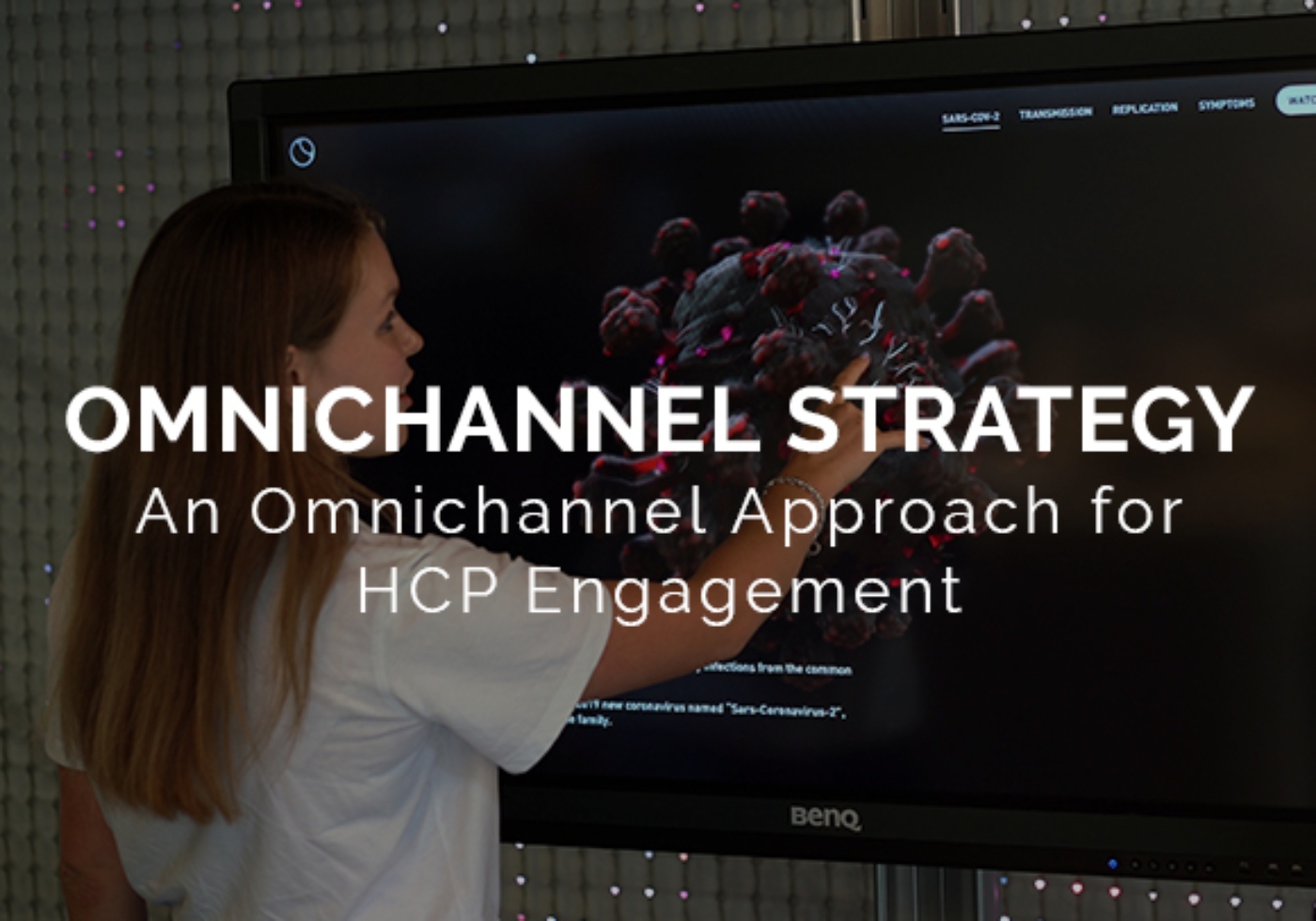Contributing to Innovation with Medical Animation
Medical animation is already one of the most innovative technologies available to pharmaceutical, healthcare and biotech organisations, but how can it continue to evolve and contribute to these sectors?
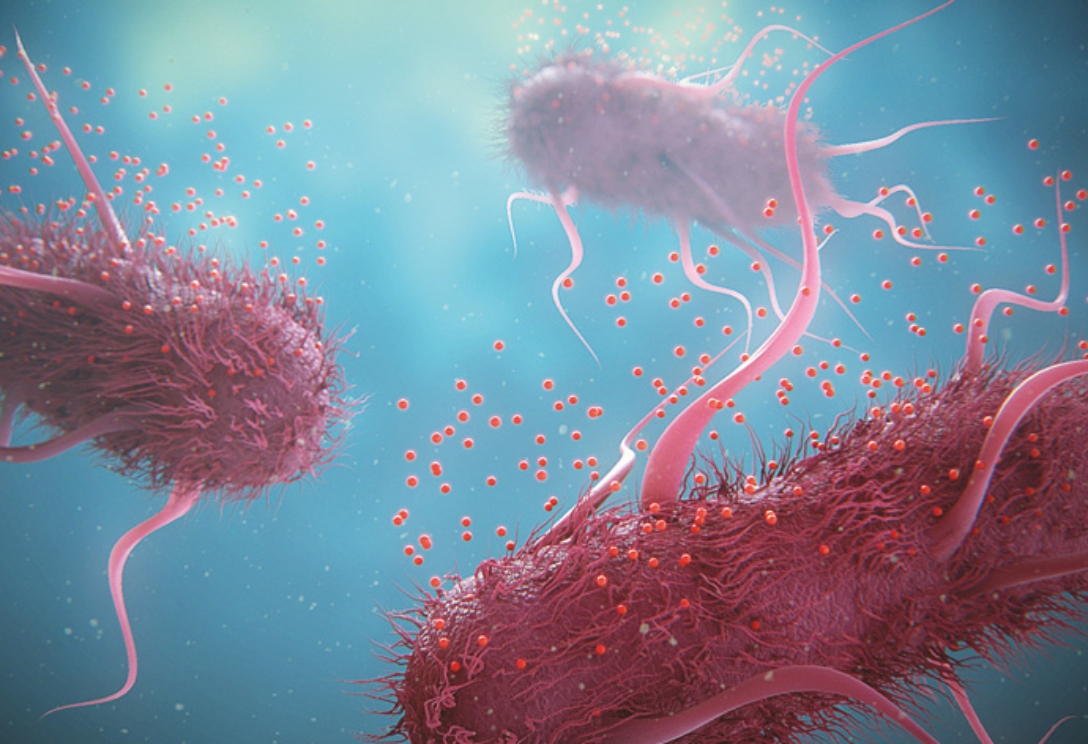
The importance of medical animation today
One of science’s most exciting challenges is communicating complex mechanisms of the human body. Medical animation has helped pharmaceutical, biotechnology, and medical device and diagnostic companies transform complicated, inaccessible medical concepts into innovative digital solutions, including documentaries and presentations, which present the core messages behind their products and research pipelines clearly and efficiently.
Now is definitely the right time to embrace medical animation as a healthcare communication and marketing tool. In 2016, the global medical animation market size was worth $118.5 million and is only anticipated to grow. Evidence of this came to light when Coherent Market Insights highlighted that the industry was valued at $176.6 million in 2017, an increase of $58 million — or 49%.
Contribution to innovation
Today, leading experts in medical animation develop animated sequences to demonstrate the mechanism of action (MoA) of a drug or disease area. Strong R&D teams from diverse backgrounds work with artists and interaction designers who are experienced in motion and interactive design installations. Together, they develop new tools and technologies and a product that is not only scientifically accurate, but also visually stunning and has the desired impact on the audience.
Here at Random42, we have extensive experience in almost all therapeutic areas, having created digital assets for over 650 global pharmaceutical products. We also have experience in the areas of consumer health, animal health and medical devices and diagnostic tests. In addition to this, we have collaborated with the film industry to develop collateral for award-winning scientific documentaries.
What is the future of medical animation?
Random42 exists as a global leader in developing innovative new technologies. Since our inception in 1992, we have strived to amplify our offering and elevate our unique brand of scientific storytelling to a new level, a move which has earned us over 175 awards and established Random42 as the leading company in the industry.
But what is the future of medical animation and how will we continue to push the boundaries to innovate and grow?
The advent of tablets, large touchscreens, virtual reality headsets and fast broadband streaming has brought numerous challenges, along with plenty of opportunities. We live in a culture that craves information that is easy to digest and, especially in the medical sector, it can be difficult to condense a convoluted subject into something that can be experienced visually and easily understood. As individuals, we are increasingly looking for ways to physically interact with material — not just see it or hear about it — whether that’s a game, a presentation or a virtual tour.
Tablets and smartphones, when combined with innovative medical animation, allow individuals to move molecules, view the human body from any chosen angle and more, according to the need of the shareholder, patient or physician.
Virtual Reality (VR) and Augmented Reality (AR) have also become massive movers, not only in the medical animation space, but also across all industries. VR and AR technology can immerse users into the human body, where they can follow pathways or watch as blood cells float past them. It takes a complicated scientific topic and makes them more interesting and engaging, while providing a rich and memorable experience.
Are you interested in seeing how medical animation can help you?
Related news
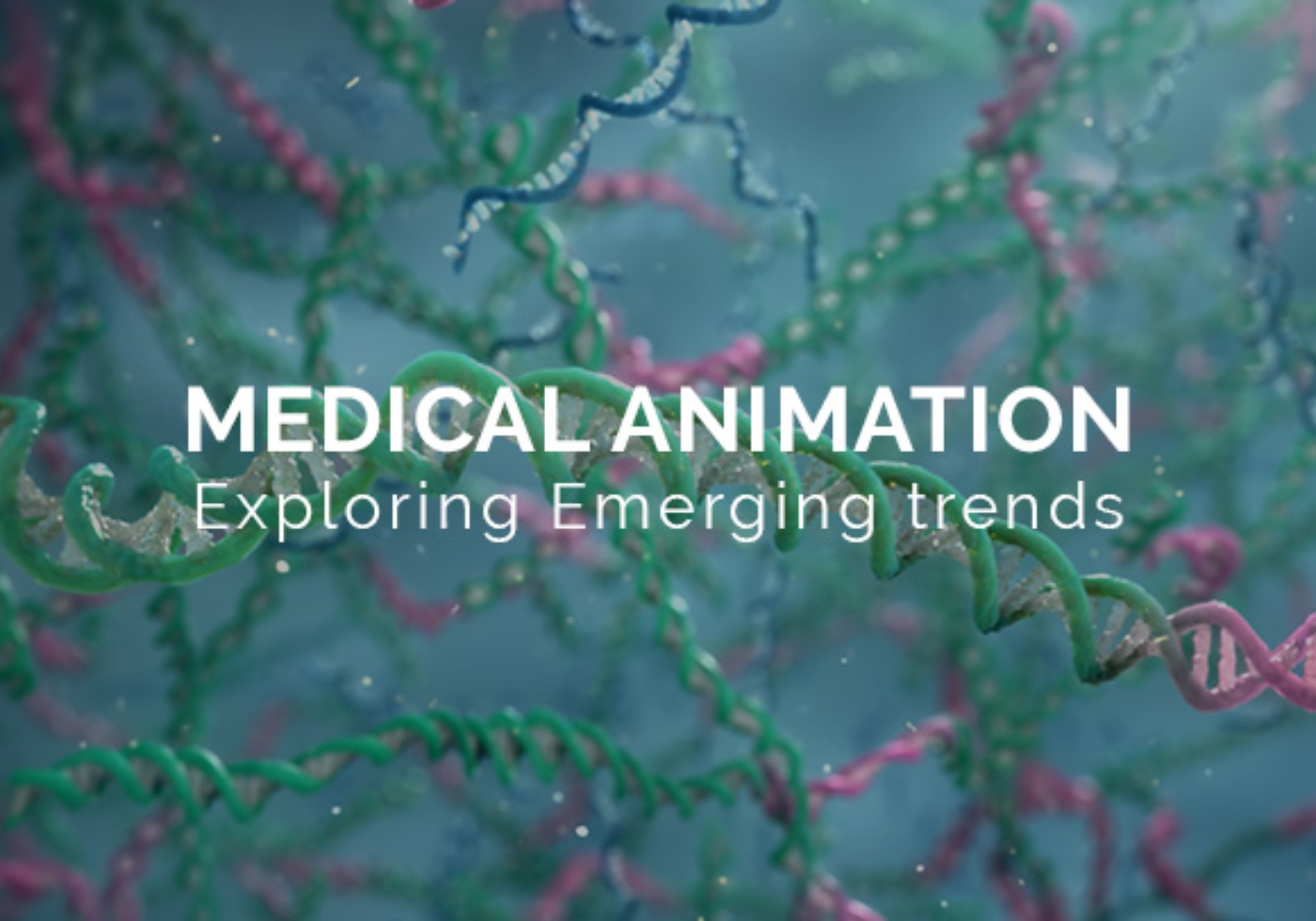
Emerging Trends in Medical Animation
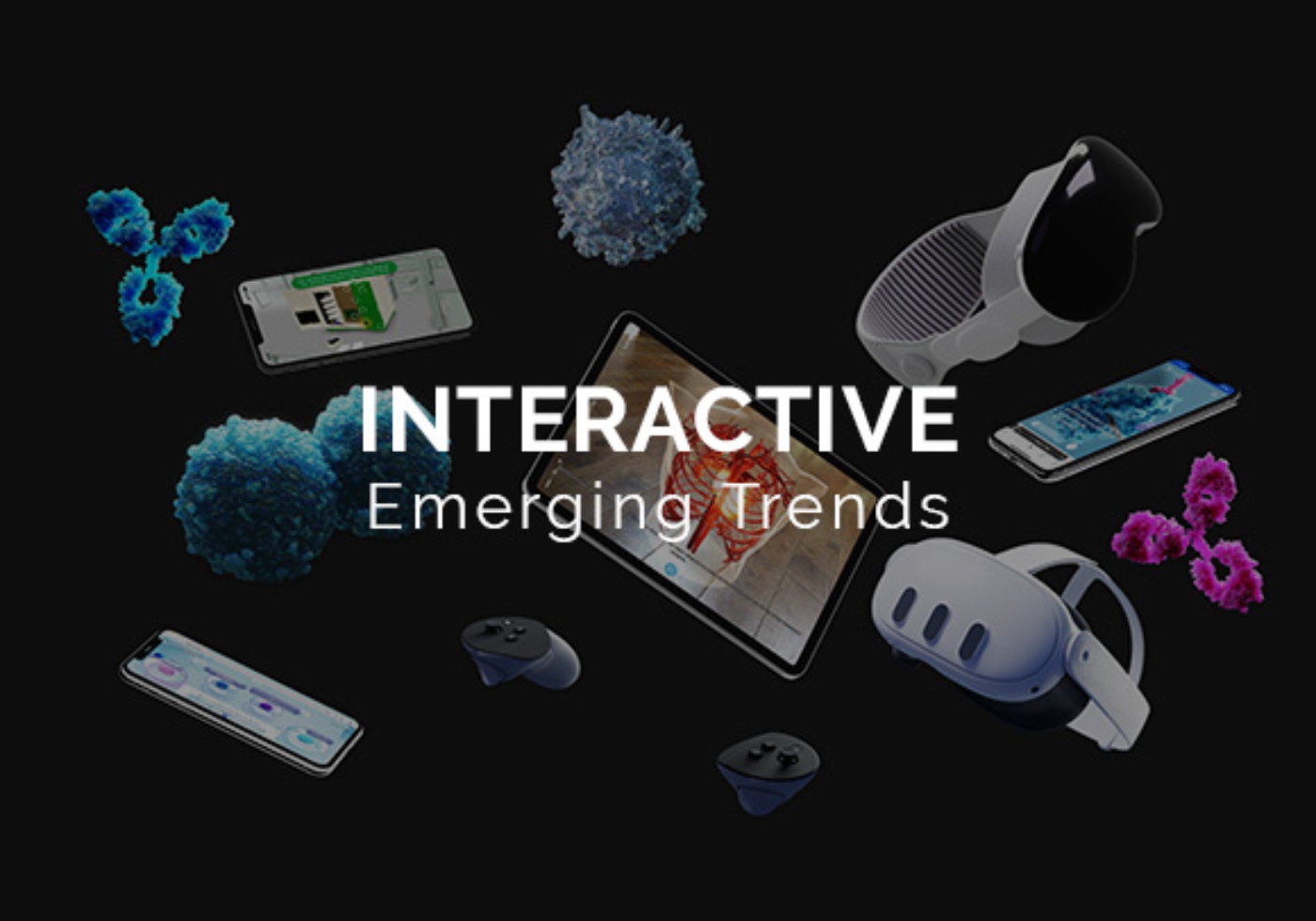
Emerging Interactive Trends
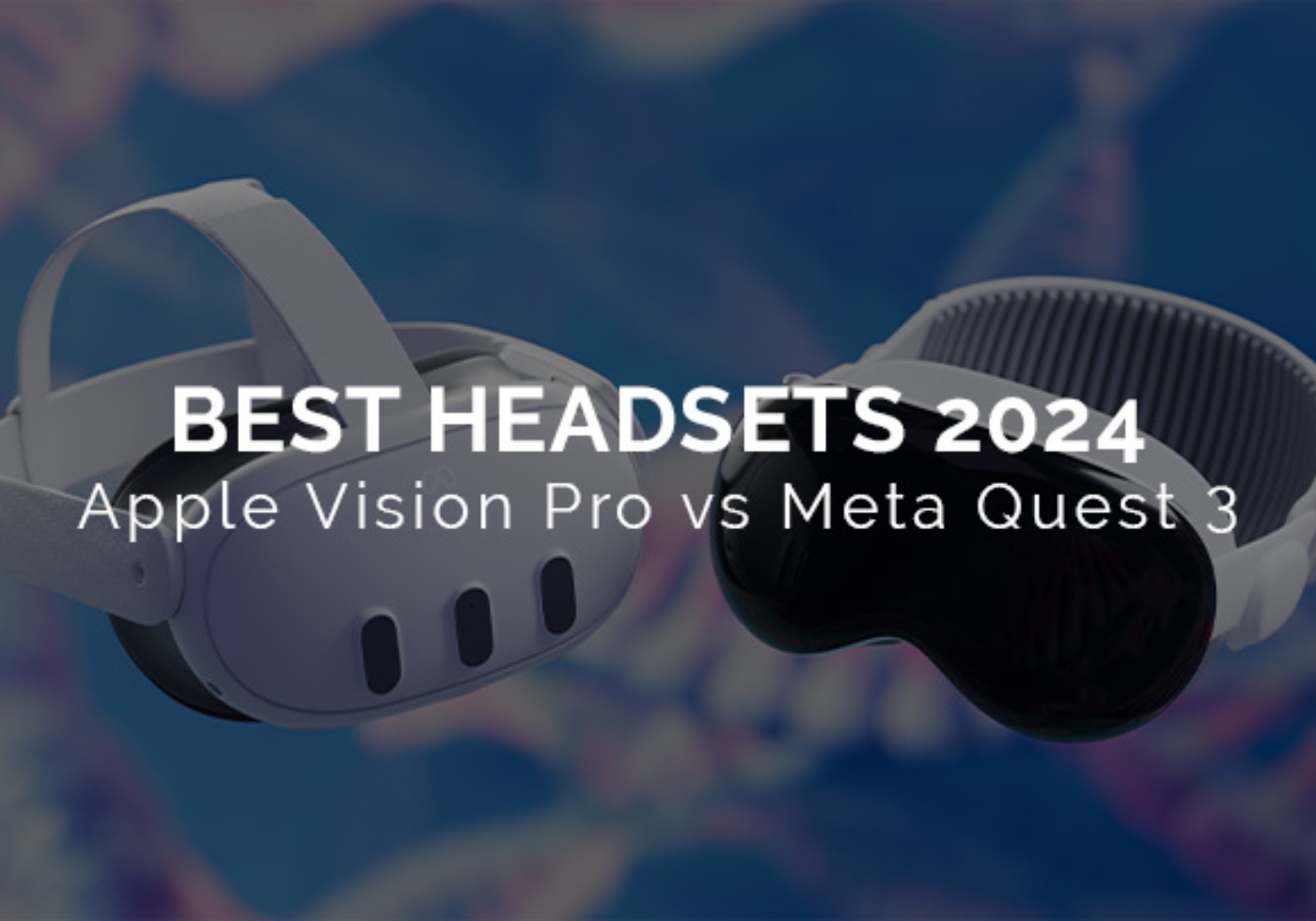
Best Headsets of 2024
